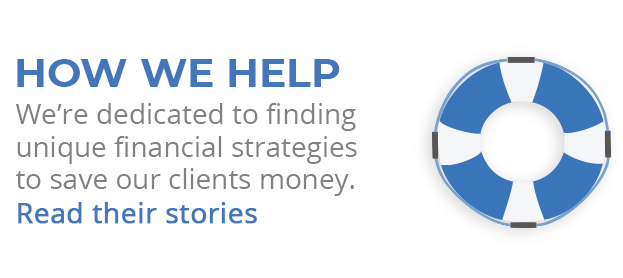This might not surprise you: 2013 is going in the books as the worst year bond funds have ever seen. According to TrimTabs Investment Research, investors yanked $72 billion out of bond mutual funds in 2013 – all of it after May. Those net outflows alone exceeded the record of $63 billion seen in 1994.
The common perception: the bond bull is history. Investment Company Institute data shows that in the four years after the collapse of Lehman Brothers (September 15, 2008-September 15, 2012), $900 billion went into bond funds while $410 billion left equities. Mutual funds, in fact, saw net outflows each year from 2007-12. As 2013 ended, the real yield of the 10-year TIPS had turned positive again, stock funds were seeing net inflows, and bond fund inflows were at a 6-year low.
Last summer saw a “taper tantrum” in the bond market. Hints that the Federal Reserve would reduce its economic stimulus prompted investors to sell their Treasuries, and the yield on the 10-year note nearly doubled from May (1.6%) to September (just under 3%).
Assuming the appetite for risk lasts, the Fed keeps tapering and the economy keeps improving, what will happen to bond investors when inflation and interest rates inevitably rise and bond market values fall? How many bond owners will want to hang onto a 10-year Treasury until maturity? Who wants a 3% return for a decade when stocks offer much greater potential?
Looking at a sampling of FINRA Trace corporate bond data at the New York Times website in late December, select investment grade corporate bonds A-rated by S&P were yielding from 0.5-4%. High-yield bonds rated B+ and below were yielding 3.8-7.7%.
What do you end up with when you sell a bond before its maturity? The market value. If the federal funds rate reaches 3%, a longer-term Treasury might lose as much as a third of its market value as a consequence. It wasn’t that long ago – June 12, 2007, to be exact – when the yield on the 10-year note settled up at 5.26%.
This risk aside, what if you want or need to stay in fixed income? The near future might not be as bad as some warn. The Fed has pledged to keep the key interest rate at historic lows, and long-term bond rates didn’t jump in December after the first cut in monthly asset purchases was announced. Short-term corporate bonds may now react to interest rate fluctuations as sensitively as Treasuries.
Some bond market analysts believe now might be a time to exploit short-term bonds with laddered maturity dates. What’s the trade-off in that move? Well, you are accepting lower interest rates in exchange for a potentially smaller drop in the market value of these securities if rates rise. If you are after higher rates of return from short-duration bonds, you may have to look to bonds that are investment-grade but without AAA or AA ratings.
If you see interest rates rising sooner rather than later, exploiting short maturities could position you to get your principal back in the short term. That could give you cash which you could reinvest in response to climbing interest rates. If you think bond owners are in for some pain in the coming years, you could limit yourself to small positions in bonds.
The Treasury plans to roll out floating-rate notes in 2014. A floater backed by the full faith and credit of the U.S. government would have real appeal – its yield could be adjusted per movements in a base interest rate (yet to be chosen by the Treasury), and you could hold onto it for a while instead of getting in and out of various short-term debt instruments and incurring the related transaction costs.
Appetite for risk may grow. In this bull market, why would people put money into 10-year Treasuries? Portfolio diversification aside, the answer is fear – fear of volatility, fear of a correction. That fear prompts many investors to play “not to lose,” but should interest rates rise significantly in the next few years, owners of longer-term bonds might find themselves losing out in terms of their portfolio’s potential.

About the Independent Financial Advisor
Robert Pagliarini, PhD, CFP®, EA has helped clients across the United States manage, grow, and preserve their wealth for the past 25 years. His goal is to provide comprehensive financial, investment, and tax advice in a way that was honest and ethical. In addition, he is a CFP® Board Ambassador, one of only 50 in the country, and a real fiduciary. In his spare time, he writes personal finance books, finance articles for Forbes and develops email and video financial courses to help educate others. With decades of experience as a financial advisor, the media often calls on him for his expertise. Contact Robert today to learn more about his financial planning services.










